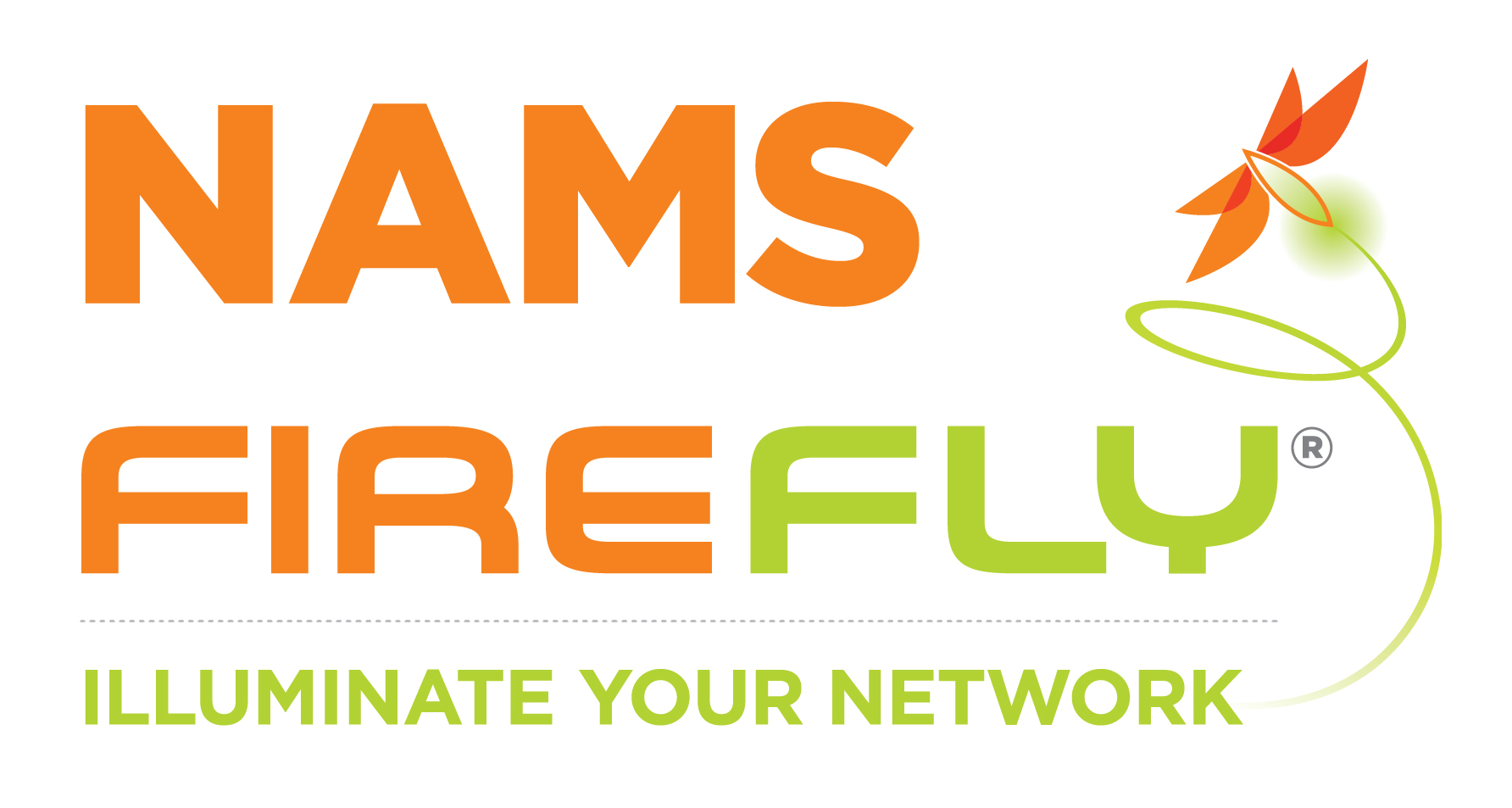-Case Study-
ILEC Telephone Company vs. Bypass Carrier
ILEC Telephone Company – Mid-sized, Rural, Texas-based
Bypass Carrier – Large and with national presence
CMSI NAMS Firefly BTC (Bypass Traffic Controller)™
Objective:
Eliminate bypass traffic on common/toll (FGC) trunk groups.
Other benefits:
Identified and caused non-local traffic that was transiting IntraLata EAS / ELC trunk groups to be re-routed to proper access groups. Provided visibility required to identify and repair problems within the ILEC Telephone Company’s own network.
The Problem:
Several bypass carriers have escalated their activity by radically increasing illicit network traffic since the first of 2011. One company, in particular, has increased its illicit usage quickly by selling terminations to a large carrier with existing connections to most of the wireless carriers, large CLEC’s, and large ILEC’s. This arrangement has resulted in a meteoric rise in traffic handled by the bypass carrier. In order to take advantage of rural wireline networks all over America, this company has negotiated a transiting agreement with a large RBOC and has co-located a media gateway with ISDN PRI service in many of the RBOC’s tandems which connects them to the RBOC and the PSTN. The RBOC routes the bypass carrier’s traffic that is destined for rural networks down the common/toll (FGC) groups that are established between the RBOC and the rural ILEC networks. The reason Rural ILEC’s all over the country have seen the usage on their access groups decrease and usage on their common/toll (FGC) trunk groups increase is that the bypass carrier is selling those terminations into the rural networks so cheaply that most companies have moved a significant amount of their access traffic off of the access groups and onto this bypass carrier.
To avoid billing, the bypass carrier is populating the CHARGE field in the SS7 IAM’s with its local number. This of course supersedes the calling party number for jurisdiction in the RBOC’s EMI system. The CHARGE Number field is populated in the From Number in the EMI record rather than the original Calling Party Number. This is appropriate if it was a collect call or call forwarded call, but, of course, it is not. Therefore, the call appears as a local call to the CABS billing software, and no CABS usage is billed. We believe that the ‘spoofing’ is done in the media gateway that the bypass carrier has placed at the RBOC tandems. Another method bypass carriers are using is to insert a 1 in front of the Calling Party Number which makes it look like an international number thereby confusing billing systems. Yet another method is to completely strip the Calling Party Number or Charge To Number or both.
Solution:
CMSI’s NAMS Firefly® and CMSI’s NAMS Firefly BTC™
The very first thing the Texas ILEC Telephone Company did was to deploy NAMS Firefly on their SS7 network. The Firefly is not only a passive SS7 probe but also a sophisticated database with applications and reporting designed specifically for analyzing bypass traffic and identifying its source. Once the bypass traffic was identified, the NAMS Firefly BTC (Bypass Traffic Controller)™ with its active SS7 probe was deployed. The NAMS Firefly BTC inspected the SS7 IAM’s before call set up and if the calls qualified as bypass traffic for one of the ILEC established trigger parameters, the calls were then completed to a recorded message announcement that provided the callers the reason for the intercept and also instructions for them to call their carrier. The calls were NOT blocked.
Results:
Prior to NAMS Firefly BTC deployment, there were approximately 252,000 minutes per month coming from one particular bypass carrier. A short time after BTC was deployed, the traffic from that bypass carrier was reduced to slightly less than 4,000 minutes per month. The remaining 4,000 minutes of monthly usage from the bypass carrier is comprised of calls on an allowed whitelist, such as emergency services and government offices, 8YY toll free calls, and traffic to the recorded announcements. Approximately 248,000 minutes that were on the ILEC Telephone Company’s FGC trunk group have now moved to FGD access groups as carriers routed around the bypass carrier. The resulting increase in revenue for traffic from this one bypass carrier alone was $10,000 per month or annualized at $120,000.
Additional Benefits:
The ILEC Telephone Company was also able to identify carriers that were terminating non-local calls on
EAS / ELC trunk groups.
Calls with 11-digit Calling Party Number (1+ calls) are corrected to a 10-digit number. The call arrives at the switch in a normal state and if the called party has Caller ID, the database dip will then be performed successfully, whereas, without correction, the Caller ID appears as Out Of Area.
Internal network translation problems were also detected and corrected.
